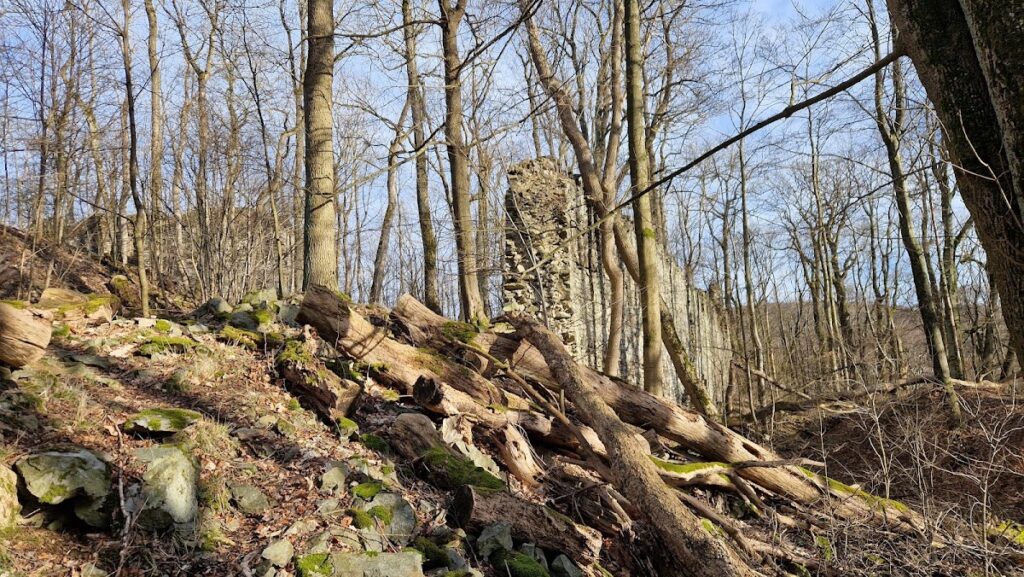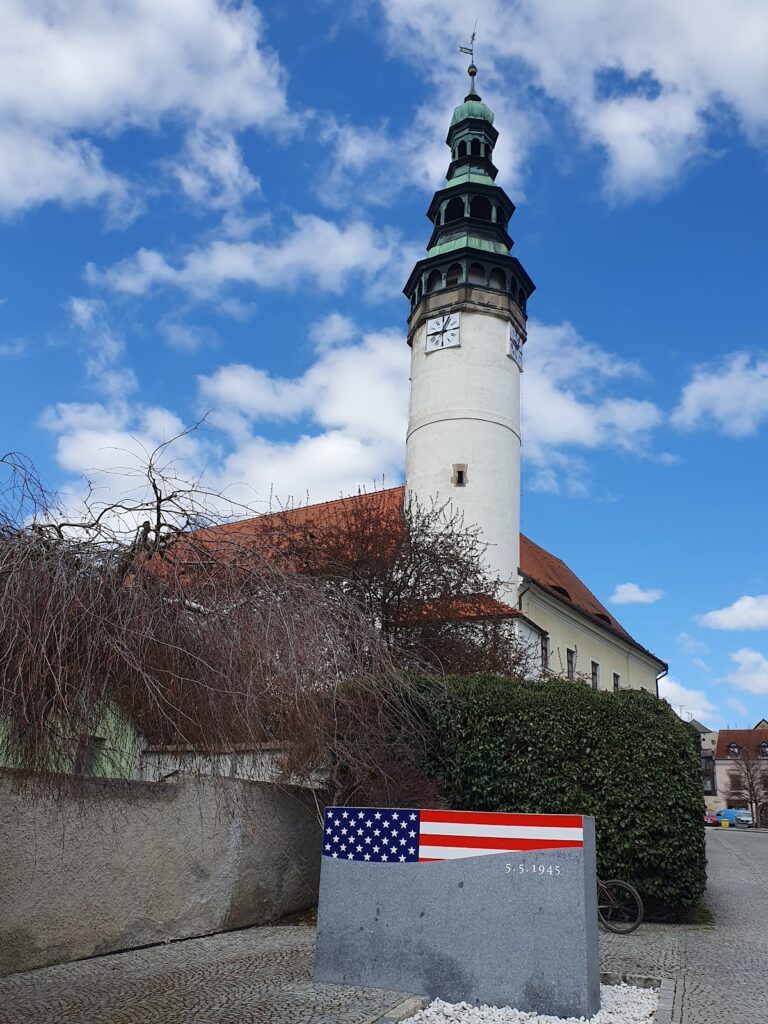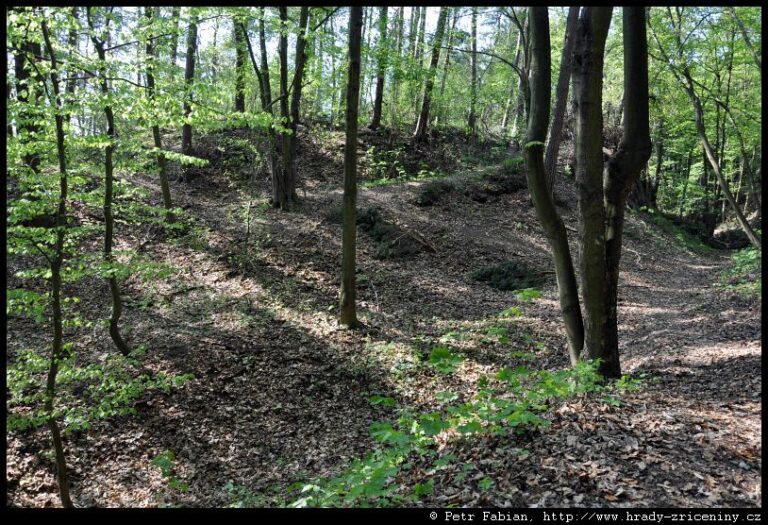Castle Nový Herštejn: A Medieval Stronghold in the Czech Republic
Visitor Information
Google Rating: 4.5
Popularity: Low
Google Maps: View on Google Maps
Country: Czechia
Civilization: Unclassified
Remains: Military
History
Castle Nový Herštejn is located in the municipality of Němčice-Kdyně in the modern Czech Republic. It was constructed in the early 14th century by the Bohemian nobility, likely under the direction of Bušek II of Velhartice, a prominent regional lord.
The site may have earlier associations, as a related figure named Protivec of Herštejn is recorded from 1272, but the castle’s earliest surviving construction dates firmly from the 14th century. Initially, Nový Herštejn served as a stronghold for the Velhartice family. Among its notable residents were Bušek II and subsequent heirs, including Protiva and Břeněk of Herštejn. Over time, the castle became a center for local power and was involved in the complex political relations of the region.
In the 15th century, Jan Herštejnský of Velhartice emerged as a key figure connected to the castle. His involvement in conflicts with the neighboring Bavarian dukes culminated in a military siege of the castle in 1475. During this campaign, Bavarian forces captured the fortress, setting it ablaze and taking Jan Herštejnský prisoner. After this violent event, the castle lost its function as a fortified residence.
Following the destruction in 1475, Nový Herštejn was not fully rebuilt for defense or noble habitation but was adapted for agricultural purposes. The property changed ownership several times, passing to Půta Švihovský of Rýzmberk in the early 16th century. Between 1524 and 1534, the royal town of Domažlice acquired the castle grounds. Under municipal management, the castle gradually fell into neglect and ruin.
By the middle of the 16th century, the lords associated with the castle had relocated to a manor house in nearby Únějovice, marking the end of the site as a noble residence. Today, the remains of Nový Herštejn stand on a hill within the Herštýn nature reserve, preserving the memory of its medieval past.
Remains
The layout of Castle Nový Herštejn features a compact design with a roughly pentagonal outer fortification enclosing a triangular inner area. The core of the castle is a square residential tower known as a donjon, measuring about 16.5 by 15.5 meters. The tower’s walls are thick, approximately 2.3 meters, built to provide strong defense. This donjon survives up to the height of the second floor and represents the main surviving structure on the site.
Inside the donjon, evidence shows the presence of wooden floors and narrow vertical openings called slit windows, framed in stone. These narrow windows allowed defenders to observe and attack while remaining protected. The ground floor of the tower is now mostly filled with rubble, but the second floor still contains a pointed arch portal. This entrance likely connected by a drawbridge to an adjoining building, whose remains are limited to a small fragment at the tower’s northern corner.
The castle’s outer defenses included several key structures. Along the eastern wall stood a semi-circular bastion, reinforcing this vulnerable area, with a first gate positioned beneath it. Above the gate rose the “Virgin Bastion,” a tower that further defended the entrance. On the western side, a square tower fortified the corner, and a similar tower probably stood at the southern corner, adding to the castle’s protective network. The northern and southern walls were also protected by a moat and an earthen rampart, creating additional obstacles for attackers.
The main road to the castle followed the eastern wall, benefitting from the protective bastion and gate complex. Historical records from the early 16th century mention stable facilities capable of housing as many as 200 horses. Archaeological investigations, however, suggest the castle and its adjacent economic courtyard could comfortably hold around 76 horses, indicating a sizable but more modest operation than the documents imply.
An illustration from 1514 shows the donjon topped with a battlemented parapet and corner turrets, highlighting its defensive character in that period. Today, the castle remains reduced to partial walls, the central tower, and earthworks, which stand as evidence of its past prominence and the changing fortunes of medieval fortifications in the region.










